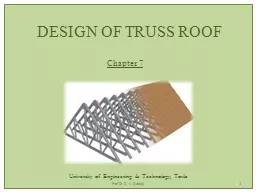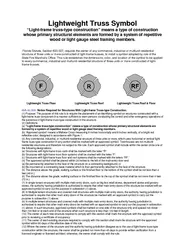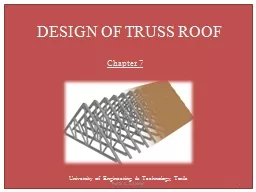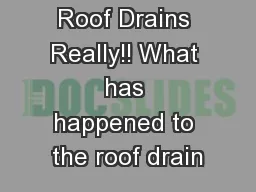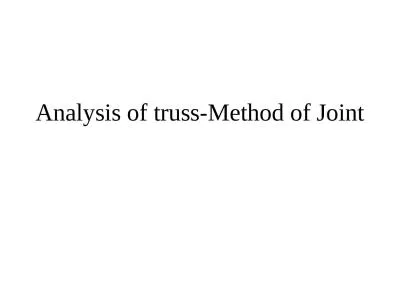PPT-DESIGN OF TRUSS ROOF
Author : mitsue-stanley | Published Date : 2017-11-08
Chapter 7 University of Engineering amp Technology Taxila 1 Prof Dr Z A Siddiqi TABLE OF FORCES There are three important points to be considered while calculating
Presentation Embed Code
Download Presentation
Download Presentation The PPT/PDF document "DESIGN OF TRUSS ROOF" is the property of its rightful owner. Permission is granted to download and print the materials on this website for personal, non-commercial use only, and to display it on your personal computer provided you do not modify the materials and that you retain all copyright notices contained in the materials. By downloading content from our website, you accept the terms of this agreement.
DESIGN OF TRUSS ROOF: Transcript
Download Rules Of Document
"DESIGN OF TRUSS ROOF"The content belongs to its owner. You may download and print it for personal use, without modification, and keep all copyright notices. By downloading, you agree to these terms.
Related Documents

